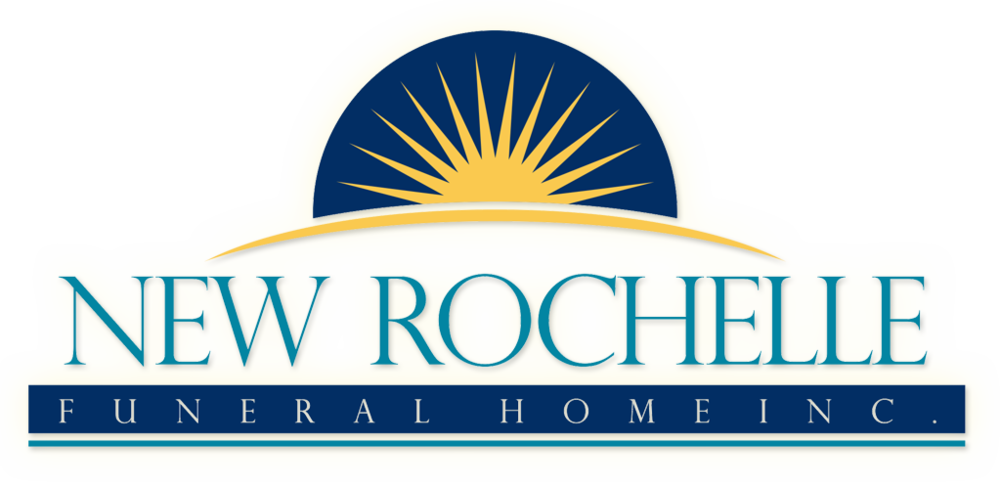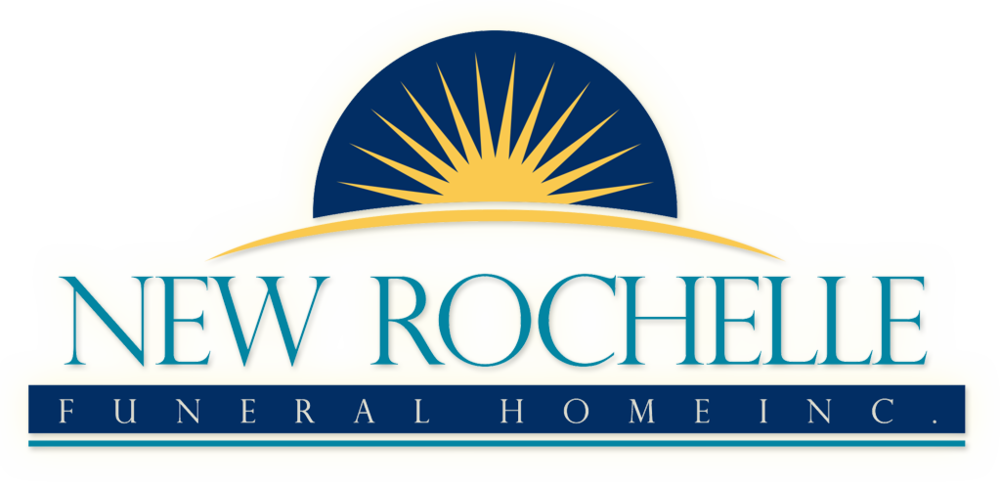Cremation Services
Cremation is an alternative a burial or entombment and it is chosen by many people because of religious beliefs or custom, the desire to preserve the environment, economic factors, or as a personal choice by the deceased. Cremation is also a less expensive option in comparison to a purchase of a burial space in a Cemetery. The remains are placed in a container, coffin or casket that is combustible and placed in a special furnace called a cremation chamber, retort or crematory where through intense heat is reduced to bone fragments that are then processed mechanically to resemble coarse sand. The cremated remains of an average adult body will weigh about 7-8 pounds. Cremation is not an alternative to a funeral, but rather an alternative to burial or other forms of disposition.
Cremated remains can be scattered or buried, or they may be kept with the family for safe keeping. There are many new and different ways to dispose of ashes today, cremated remains can be placed in an artificial coral reef in the ocean, they can be launched into space or sent up in helium balloons, or they can be spun into glass pieces of art or diamonds.
Some religions welcome cremation while others forbid it. The Catholic Church had banned cremation up until 1963, and burial remains the preferred form of disposition today. In other Christian denominations cremation was historically discouraged but nowadays it is more widely accepted. In eastern religions such as Hinduism, Jainism, Sikhism and Buddhism cremation is mandated, while in Islam it is strictly forbidden. Orthodox Jews also forbid cremation; other sects of Judaism support cremation, but burial remains the preferred option.
Cremation FAQ
What is Cremation?
Cremation is the process of reducing the human body to bone fragments using high heat and flame. Cremation is not the final disposition of the remains, nor is it a type of funeral service.
Is a casket needed for Cremation?
No, a casket is not required. However, the crematory requires the deceased's body be tendered to it in some form of rigid container. This is to afford a measure of dignity, and privacy while at the same time protecting the health and safety of the crematory operating staff. Depending on the arrangement you make with the New Rochelle Funeral Home, you may select the cardboard alternative container, rental casket with removal insert, or a traditional wooden casket from our catalog. Caskets or containers constructed of steel are not suitable if cremation is selected.
Is embalming required?
No. Embalming is not required by NRFH (it's against the law for us to do so). However, if there is to be a public viewing or "wake", we may ask that you permit us to embalm the Deceased's body. There will be a cost factor involved in performing this service and will be noted along with the reason why the embalming procedure was performed on the Statement of Goods and Services Selected you receive from us at the time arrangements are finalized.
Can the body be viewed without embalming?
Yes, NRFH allows immediate family members or a representative to briefly view the deceased prior to cremation. Note: this is not a public "wake" or visitation. We ask no more than 5 immediate family members or close friends arrive on the scheduled day of the identification period, and we ask that no more than 15 minutes be spent in our facility doing so.
Can the family witness the cremation?
Yes. A witnessing of the beginning of the cremation process can be arranged with the crematories operating in the area. There will be an additional charge set forth by the crematory for this service, and it must be scheduled in advance.
Can an urn be brought into a church or house of worship?
Nearly all Protestant Churches and Roman Catholic Churches allow for the urn to be present during the service. We suggest contacting your congregation leader to verify this.
What can be done with the cremated remains?
Cremains can be buried in a cemetery lot or a cremation garden, interred in a columbarium, kept in a safe place, or scattered. There are no laws in New York State forbidding the scattering of ashes.
How can I be sure I receive the correct remains?
Proper identification begins when you call the New Rochelle Funeral Home. The information you provide us such as the name and location of the deceased is verified with those involved such as the Medical Examiner, Police, Hospital admissions office staff, Nursing Home Supervisor or Hospice coordinator. When our Funeral Director responds to the deceased's location, all identification bracelets and tags are verified with facility staff such as a hospital mortuary attendant, medical examiner staff, and in some instances, the family themselves. If no ID bracelets are present, one is affixed by us. When the body is placed into our care and returned to the Funeral Home, it is prepared according to the services you select and instructions you give us, and the casket or container is plainly labeled with information such as the deceased's name prior to leaving our location. A permit issued by the health department or appropriate municipal authorities, along with a multi-page authorization form completed during the arrangement conference by the party in charge of the deceased's affairs, usually the next-of-kin, but not always, accompanies the containerized body to the crematory. Once we arrive at the Crematory location, the markings on the container along with the accompanying documents are verified by the Crematory staff. When the remains are placed into the retort or cremation chamber, a metal disc bearing a sequential number is also placed into the chamber. This small piece of metal withstands the temperature of the cremation retort and remains intact. Following the completion of the cremation process, that sequential number is entered onto all the labeling of container the crematory places the ashes into, along with a certificate of cremation signed by an administrator of the crematory itself. The metal ID disc, is then packed with the ashes, inside the container supplied by the crematory. If you should have any doubt, or lack of trust, we suggest an identification of the body be made by you or someone you trust prior to us leaving for the crematory, or request the beginning of the cremation be witnessed. We would prefer to go the extra mile if it means you will have piece of mind.
How long does the actual cremation take?
Factors that affect cremation time are body weight, type of container or casket used, ambient temperature, and the temperature of the cremation chamber itself. An average size adult (200lbs) cremation averages 4 hours. Modern cremation equipment is computer controlled, and enviornmentally friendly.
What do the cremated remains look like?
Cremated remains resemble coarse sand and are whitish to light grey in color. The remains of an average sized adult usually weighs between 7 and 8 pounds.
Are all the cremated remains returned?
With the exception of minute and microscopic particles, which are impossible to remove from the cremation chamber and processing machine, all of the cremated remains are given back to the family. Some clients request the cremains be divided into several smaller containers for distribution to multiple family members.
Do I need an urn?
An urn is not required. If ashes are to be placed into a niche with a marble face, or buried in a cemetery plot, New Rochelle Funeral Home does not recommend you incur the expense. However, some people opt to keep the ashes with them, and may choose to purchase an urn. Cremation urns can be purchased from the New Rochelle Funeral Home, or any provider of funeral merchandise, either online or in a store. Cremation urns are priced according to their ornateness, and the material it is constructed from. We will be happy to place the ashes into any container you supply, or purchase thru us.
How much will this cost?
Please click here to see a complete list of Funeral and Cremation service costs.

